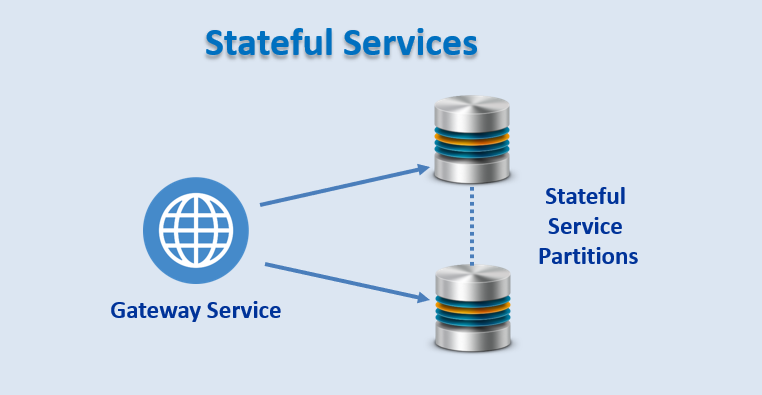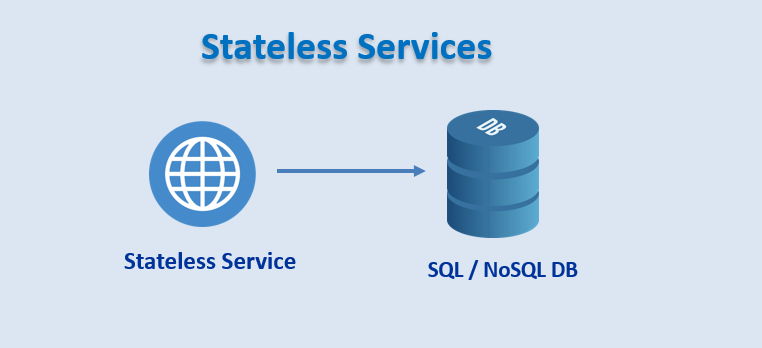Stateful vs Stateless
Network Protocols for internet browsers and servers are classified into two types : Stateless Protocol, and Stateful protocol. Both are differentiated based on the need of server or server-side programming to save session data. Here, we have mentioned about the stateful and stateless and differentiated between them in detail.
What is Stateful and Stateless?
Stateful – A Stateful application recalls explicit subtleties of a client like profile, inclinations, and client activities. Stateful applications and processes are those that can be returned over and over, such as web-based banking or email. They’re performed with the setting of past transactions, and the current transaction might be influenced by what occurred during past transactions. Therefore, stateful applications utilize similar servers each time they process a request from a client. This data is considered as the ‘Status’ of a framework. In the event that a stateful transaction is interrupted, the specific context and history have been stored, so you can more or less pick up where you left off.
Most of the utilizations we utilize everyday are stateful, however as innovation advances, microservices and holders make it simpler to construct and convey applications in the cloud.

Stateless – A stateless cycle or application can be perceived in disengagement. There is no saved information on or reference to previous transactions. Every transaction is made as though without any preparation, unexpectedly. Each time it conveys every activity from the scratch much the same as the first run through and gives usefulness to utilize print, CDN (Content Delivery Network) or the Web Servers to process every short-term request.
Suppose somebody was searching for a query in the search engine and pressed the Enter button. On the off chance that if the search engine gets interrupted or shut because of some cause, you need to begin another one as there is no saved information for your past request.

Difference between Stateful vs Stateless
| Stateless | Stateful |
| Stateless Protocol doesn’t need the server to hold the session details or information. | Stateful Protocol needs the server to save the session details. |
| In this network protocol, the client sends a request to the server and the server response back as per the given state. | In this network protocol, the client sends a request to the server then it expects some kind of response, in case of no response then it resends the request. |
| In stateless, client and server are loosely coupled and can act autonomously. | In stateful, both client and server are tightly bound. |
| The stateless protocol design streamlines the server design. So, it is easy to implement on the Internet. | The stateful protocol configuration makes the plan of the server exceptionally very complex and heavy. So, it is comparatively complex and difficult to implement. |
| Different requests can be processed by different servers. | The same server must be used to process all requests linked to the same state information. |
| Example – HTTP (Hypertext Transfer Protocol), UDP (User Datagram Protocol), DNS (Domain Name System). | Example – FTP (File Transfer Protocol), Telnet. |



